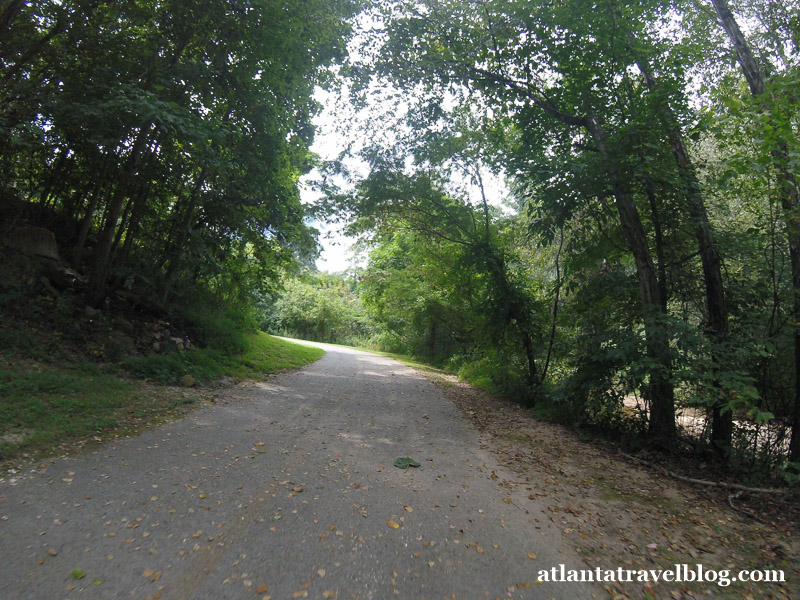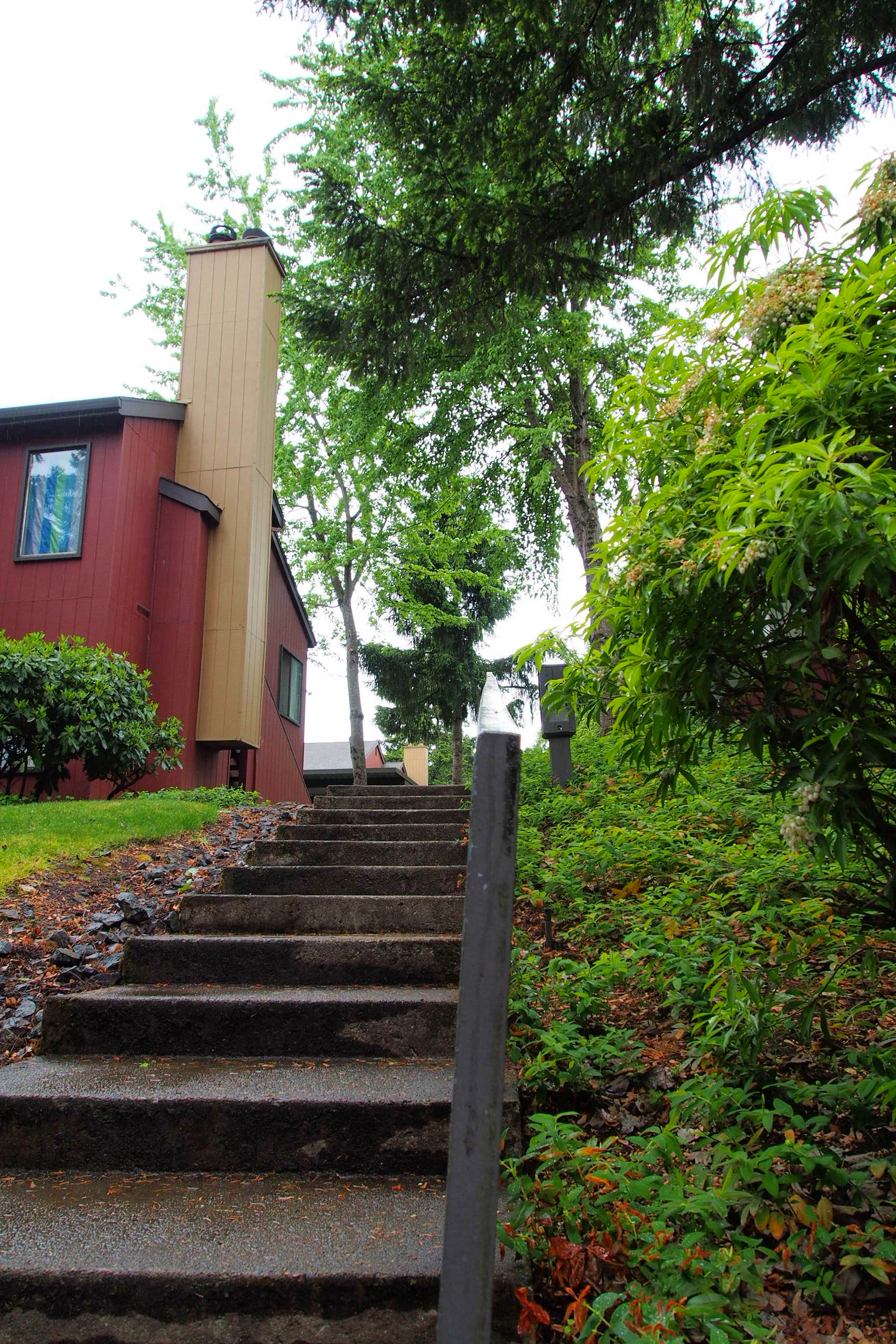

Photo of the "heron going for the fish" by Joyce Taffe. You must be logged in to get the Trip Leader contact information.Ħ / 0 (To see who's signed up, log in to the Member Area) The Riverkeeper's Guide to the Chattahoochee.The ruins are located at GPS coordinates N33★3.189' W084☂7.202'. The modern suburban edge-city of Cumberland has developed nearby, and Akers Mill Road remains its namesake but now intersects with Cumberland Boulevard on the hill above, to the northwest. Currently, the terraces and the old flagstone foundations remain standing near the Rottenwood Creek Multi-Use Trail on the waterway. A limited recovery was done on an area of the site that could not be saved however it seemed to be part of a domestic situation, rather than for primary industrial use.

The intact terraces and deposits allowed the archaeological study to address the internal technological structure of the mill, a historical dimension rarely recovered archeologically, since technological equipment was normally removed from mill buildings prior to their demolition or collapse. In early 1990s, an archaeological survey investigation was done on the area as part of the Kennedy Parkway Project. National Park Service, as part of the Chattahoochee River National Recreation Area.

The mill closed in 1889 with "liabilities of $100,000 and assets about the same." As the Atlanta area grew, the forgotten gristmill became derelict and on August 15, 1978, its remnants were protected by the U.S. Census records indicate the first mill's turbine was under a 23-foot head and the second mill's was below a 26-foot head.Īkers Mill underwent bankruptcy in 1879. The flour mill was powered by a 36-inch turbine, supplemented by an 80-horsepower engine in the event water was scarce. The flour mill was capable of producing 200 barrels (196 pounds each) of flour daily, while the corn mill could produce 1,500 bushels of cornmeal in the same period. Additionally, they were able to provide a finer grade of flour for consumption. On March 25, 1880, an article in the Marietta Journal reported, Akers Mill had installed a new process of milling that increased from 39 to 43 pounds the amount of flour extracted from a bushel of wheat. Rottenwood Creek's flow reached 720 cfm (cubic feet per minute) during that time. The gristmill's location on the banks of the creek allowed it to take advantage of its natural water power. Additionally, they employed about 60 people and constructed housing in a small village south of the mills. The Akers Brothers cut out and graded new roads to the mill and also farmed the nearby land. The mills developed shortly before the Civil War, were sold to the Akers family in 1873 and in turn were utilized for the production of flour and meal for their Atlanta area grocery stores. The gristmill built into the bank overlooking the creek, with six terraces each acting as an individual floor in the mill operation. Akers Mill, was a complex of at least two 19th-century mills along Rottenwood Creek in Cobb County, Georgia, United States.


 0 kommentar(er)
0 kommentar(er)
